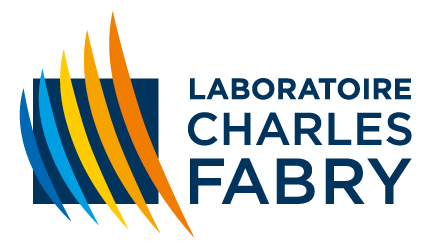Thesis defense of Anne NGUYEN
- Soutenance de Thèse
- Evénement scientifique
Thesis defense of Anne NGUYEN, PhD student in the Nanophotonics group, on Thursday 1st December 2022 at 2pm in the Auditorium of the Institut d'Optique Graduate School in Palaiseau, on the topic: "Ultrafast incandescent metasurfaces for spectrally selective mid-infrared emission with controlled polarisation state".
Abstract: "The mid-infrared (MIR) is a central spectral region for many applications. However, their development is limited by the lack of cheap, compact, efficient and robust sources. Incandescence is a solution that meets most of these economic criteria. However, the properties of the emitted radiation are not very interesting, as the emission is broad spectrum, non-polarised and isotropic. Thermal sources are also often bulky and therefore slow because they are limited by their thermal inertia. These shortcomings can be overcome with the help of recently developed tools in nanophotonics and nanofabrication.
In this thesis, we design, optimize, fabricate and characterize several incandescent sources allowing to obtain a radiation in the MIR band II with a controlled spectrum and polarization state, offering the possibility of a temporal modulation of the emitted signal beyond the megahertz.
First, we present a source optimised to emit at 5 µm with a narrow spectral width and a high degree of linear polarisation. The modulation of the emission is controlled by its temperature, whose rapid modulation is allowed by its small volume and by conduction to a cooler substrate. The control of its emissivity spectrum is achieved by a Salisbury screen resonator. The polarisation state is controlled using a metal wire metasurface. We also investigate the efficiency of this type of source and determine the free parameters to improve it.
In a second step, we propose a source optimised to emit in the MIR, with a high degree of circular polarisation and which can be modulated rapidly. The latter is based on the architecture of the first source, thus benefiting from the same advantages in terms of modulation speed and control of the emissivity spectrum. The control of the polarisation state is obtained by using a metasurface based on chiral nanoresonators with a different coupling to one or other of the circular polarisation helices. The experimental characterisation of the polarisation state of the emitted radiation also required the development of a powerful Stokes polarimeter operating in the MIR."
